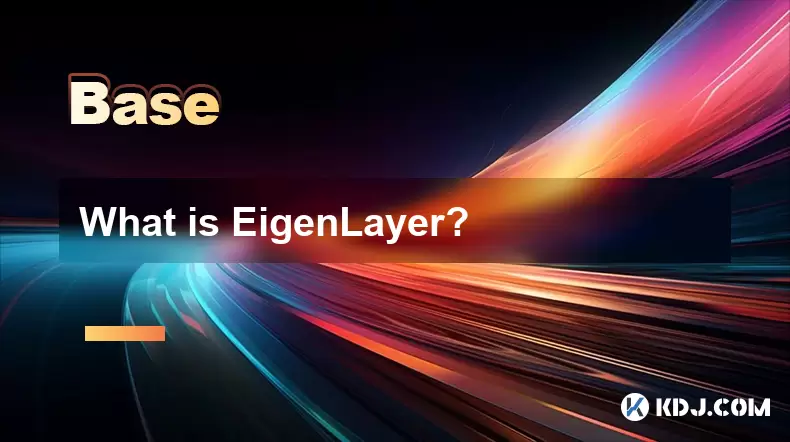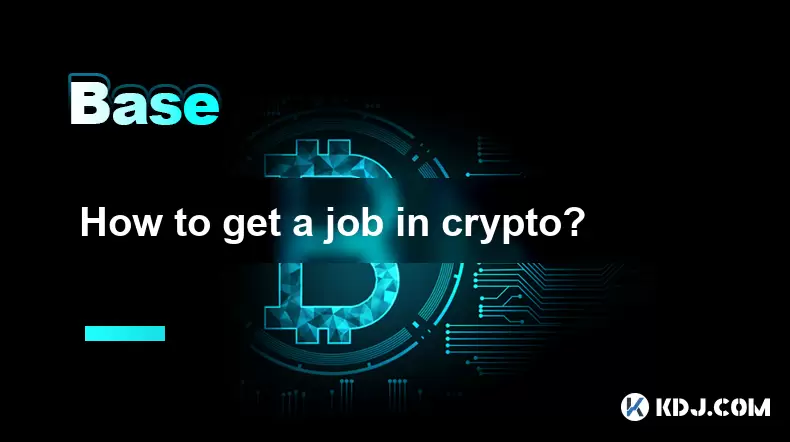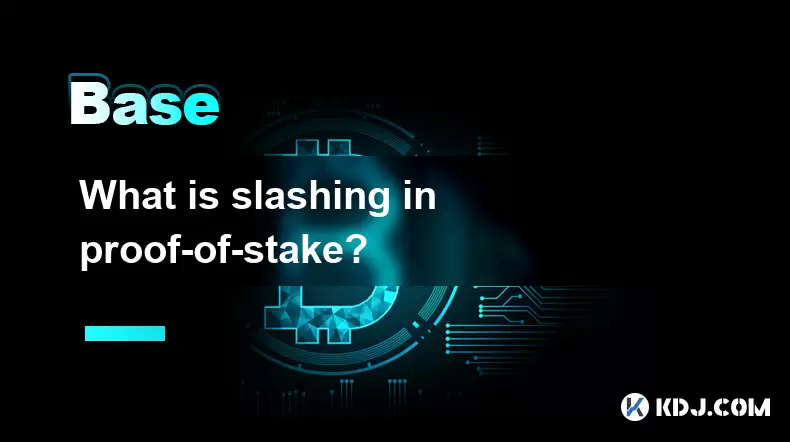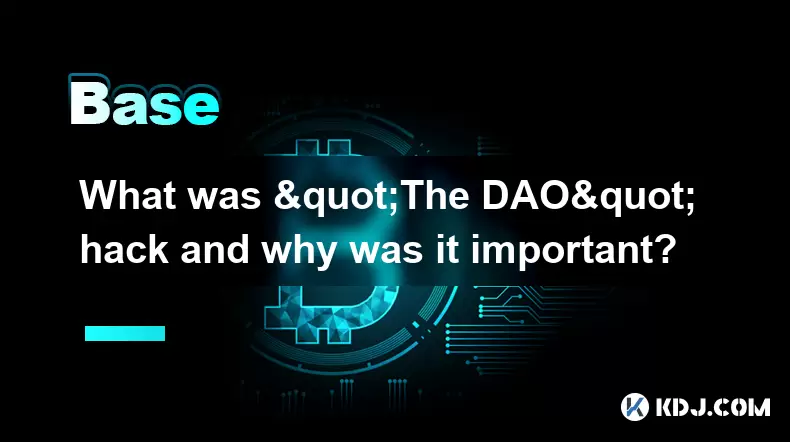-
 Bitcoin
Bitcoin $118100
-0.04% -
 Ethereum
Ethereum $3613
1.77% -
 XRP
XRP $3.442
-0.26% -
 Tether USDt
Tether USDt $1.000
-0.01% -
 BNB
BNB $737.9
1.57% -
 Solana
Solana $178.9
1.27% -
 USDC
USDC $0.9998
-0.01% -
 Dogecoin
Dogecoin $0.2537
4.74% -
 TRON
TRON $0.3185
-2.14% -
 Cardano
Cardano $0.8371
2.09% -
 Hyperliquid
Hyperliquid $44.91
-0.12% -
 Stellar
Stellar $0.4653
0.58% -
 Sui
Sui $3.864
3.04% -
 Chainlink
Chainlink $18.47
2.85% -
 Hedera
Hedera $0.2699
3.22% -
 Bitcoin Cash
Bitcoin Cash $521.6
1.41% -
 Avalanche
Avalanche $24.55
4.79% -
 Shiba Inu
Shiba Inu $0.00001508
2.40% -
 Litecoin
Litecoin $111.6
10.31% -
 UNUS SED LEO
UNUS SED LEO $9.003
0.31% -
 Toncoin
Toncoin $3.191
0.49% -
 Polkadot
Polkadot $4.398
4.55% -
 Uniswap
Uniswap $10.25
2.96% -
 Monero
Monero $327.1
2.44% -
 Ethena USDe
Ethena USDe $1.001
-0.03% -
 Bitget Token
Bitget Token $4.970
1.52% -
 Pepe
Pepe $0.00001356
4.51% -
 Dai
Dai $0.0000
0.00% -
 Aave
Aave $321.1
0.17% -
 Bittensor
Bittensor $416.3
1.67%
What is EigenLayer?
EigenLayer revolutionizes Ethereum security by enabling validators to restake ETH across multiple protocols, enhancing capital efficiency and shared security without new tokens.
Jul 20, 2025 at 06:22 am

Understanding EigenLayer: A New Paradigm in Ethereum's Security Landscape
EigenLayer represents a groundbreaking innovation in the Ethereum ecosystem, particularly in the domain of restaking and security provisioning. It is a decentralized middleware layer that allows Ethereum validators and stakers to re-stake their ETH across multiple validating applications without needing to lock up additional capital. This protocol effectively enables shared security across different services and protocols that require trust-minimized validation.
The core concept behind EigenLayer is the recycling of security provided by Ethereum’s proof-of-stake (PoS) mechanism. By leveraging cryptoeconomic guarantees from the Ethereum mainnet, EigenLayer allows stakers to extend their trust to third-party protocols without compromising the integrity of their original stake.
Important: EigenLayer does not mint new tokens or create additional ETH; it simply reuses the existing stake to provide security to other systems.
How EigenLayer Works: The Technical Foundation
At its core, EigenLayer operates by introducing a new set of smart contracts on Ethereum that allow stakers to opt-in to additional slashing conditions beyond those enforced by the Ethereum protocol. These slashing conditions apply to external services, such as data availability layers, optimistic rollups, ZK-rollups, bridges, and middleware protocols, that wish to leverage Ethereum’s security.
Validators who participate in EigenLayer must run additional middleware software alongside their Ethereum consensus client. This software ensures that the validator is actively participating in the EigenLayer-supported protocols and adheres to their rules. If a validator misbehaves or fails to perform its duties in any of these protocols, its ETH stake can be slashed by the EigenLayer contracts.
- Step 1: Validator runs an Ethereum node and has ETH staked.
- Step 2: The validator opts into EigenLayer by registering their withdrawal credentials.
- Step 3: They begin running middleware software for the EigenLayer-supported protocol.
- Step 4: If misbehavior is detected, EigenLayer initiates slashing via Ethereum smart contracts.
The Role of Restaking in EigenLayer
Restaking is the process by which Ethereum validators redeploy their staked ETH to secure additional systems. In EigenLayer, restaking is permissionless and trust-minimized, meaning that any protocol can plug into EigenLayer and benefit from Ethereum-grade security without requiring a separate token or validator set.
This approach significantly lowers the barrier to entry for new protocols that need robust security. Instead of building and maintaining their own validator network, they can leverage the existing Ethereum staking ecosystem. This not only enhances security but also improves capital efficiency for validators and stakers.
Note: Validators who restake on EigenLayer assume additional slashing risk beyond the Ethereum protocol.
Use Cases and Supported Protocols
EigenLayer opens the door for a wide array of security-critical applications to benefit from Ethereum’s decentralized security model. Some of the most promising use cases include:
- Data Availability Layers: Enhancing the security of rollups and modular blockchains by ensuring data is available and verifiable.
- Decentralized Bridges: Securing cross-chain communication by leveraging Ethereum’s validator set.
- Middleware Services: Providing trustless execution environments for off-chain computations.
- Consensus Protocols: Enabling new networks to bootstrap with strong economic security without launching their own staking token.
EigenLayer has already attracted interest from several Layer 2 solutions, data availability projects, and decentralized infrastructure providers, all seeking to integrate with this novel security model.
Participating in EigenLayer: A Step-by-Step Guide
For validators and stakers interested in joining EigenLayer, here is a detailed walkthrough:
- Step 1: Ensure you are running a full Ethereum validator node with at least 32 ETH staked.
- Step 2: Visit the official EigenLayer website and connect your Ethereum wallet (e.g., MetaMask).
- Step 3: Review the terms of service and additional slashing conditions specific to EigenLayer.
- Step 4: Update your validator’s withdrawal credentials to point to the EigenLayer smart contract.
- Step 5: Download and configure the EigenLayer middleware software for the protocol you wish to support.
- Step 6: Begin participating in the EigenLayer-supported protocol and earn additional rewards.
Validators must ensure that they fully understand the risks involved, including potential slashing due to misbehavior or downtime in the EigenLayer-supported systems.
Frequently Asked Questions (FAQ)
Q: Is EigenLayer a new blockchain or consensus protocol?
A: No, EigenLayer is not a blockchain or consensus protocol. It is a set of smart contracts built on Ethereum that enables restaking of ETH to secure other protocols and services.
Q: Can I participate in EigenLayer with less than 32 ETH?
A: Currently, EigenLayer is designed for Ethereum validators who have at least 32 ETH staked. However, future developments may allow liquid staking derivatives to enable participation for smaller stakers.
Q: What happens if I get slashed in EigenLayer?
A: If you violate the rules of a protocol supported by EigenLayer, your ETH stake can be slashed via smart contracts on Ethereum. This slashing is separate from the Ethereum protocol’s penalties.
Q: How does EigenLayer differ from traditional staking?
A: Traditional staking involves securing only the Ethereum network. EigenLayer allows re-staking that same ETH to secure additional protocols, increasing capital efficiency and security sharing.
Disclaimer:info@kdj.com
The information provided is not trading advice. kdj.com does not assume any responsibility for any investments made based on the information provided in this article. Cryptocurrencies are highly volatile and it is highly recommended that you invest with caution after thorough research!
If you believe that the content used on this website infringes your copyright, please contact us immediately (info@kdj.com) and we will delete it promptly.
- WLFI Token Trading Approved: From Trump Ties to Community Votes
- 2025-07-20 09:10:12
- CoinDCX's $44.2 Million Security Breach: A Wake-Up Call for Crypto Exchanges
- 2025-07-20 08:30:13
- Trump, WLFI, and Token Release: A New York Minute on Crypto
- 2025-07-20 08:30:13
- Ripple's RLUSD: The Bluechip Stablecoin Set to Disrupt the Market?
- 2025-07-20 08:50:11
- Bitcoin Price Action: Is Weakening Demand on the Horizon?
- 2025-07-20 08:50:11
- Ripple's RLUSD: Top-Ranked Stablecoin Shaking Up the Market
- 2025-07-20 08:55:12
Related knowledge

What is the Inter-Blockchain Communication Protocol (IBC)?
Jul 19,2025 at 10:43am
Understanding the Inter-Blockchain Communication Protocol (IBC)The Inter-Blockchain Communication Protocol (IBC) is a cross-chain communication protoc...

How does sharding improve scalability?
Jul 20,2025 at 01:21am
Understanding Sharding in BlockchainSharding is a database partitioning technique that is increasingly being adopted in blockchain technology to enhan...

What is the "crypto trilemma" of scalability, security, and decentralization?
Jul 19,2025 at 06:28pm
Understanding the Concept of the Crypto TrilemmaThe crypto trilemma refers to the challenge of simultaneously achieving scalability, security, and dec...

How to get a job in crypto?
Jul 20,2025 at 08:14am
Understanding the Crypto Industry LandscapeThe cryptocurrency industry is a rapidly evolving space that includes blockchain technology, decentralized ...

What is slashing in proof-of-stake?
Jul 20,2025 at 06:07am
Understanding Slashing in Proof-of-StakeIn a Proof-of-Stake (PoS) blockchain network, slashing refers to the penalty mechanism used to deter validator...

What was "The DAO" hack and why was it important?
Jul 19,2025 at 09:08pm
Background of 'The DAO''The DAO' (Decentralized Autonomous Organization) was a venture capital fund built on the Ethereum blockchain, launched in Apri...

What is the Inter-Blockchain Communication Protocol (IBC)?
Jul 19,2025 at 10:43am
Understanding the Inter-Blockchain Communication Protocol (IBC)The Inter-Blockchain Communication Protocol (IBC) is a cross-chain communication protoc...

How does sharding improve scalability?
Jul 20,2025 at 01:21am
Understanding Sharding in BlockchainSharding is a database partitioning technique that is increasingly being adopted in blockchain technology to enhan...

What is the "crypto trilemma" of scalability, security, and decentralization?
Jul 19,2025 at 06:28pm
Understanding the Concept of the Crypto TrilemmaThe crypto trilemma refers to the challenge of simultaneously achieving scalability, security, and dec...

How to get a job in crypto?
Jul 20,2025 at 08:14am
Understanding the Crypto Industry LandscapeThe cryptocurrency industry is a rapidly evolving space that includes blockchain technology, decentralized ...

What is slashing in proof-of-stake?
Jul 20,2025 at 06:07am
Understanding Slashing in Proof-of-StakeIn a Proof-of-Stake (PoS) blockchain network, slashing refers to the penalty mechanism used to deter validator...

What was "The DAO" hack and why was it important?
Jul 19,2025 at 09:08pm
Background of 'The DAO''The DAO' (Decentralized Autonomous Organization) was a venture capital fund built on the Ethereum blockchain, launched in Apri...
See all articles

























































































